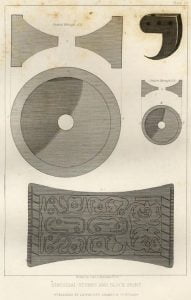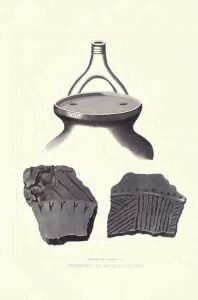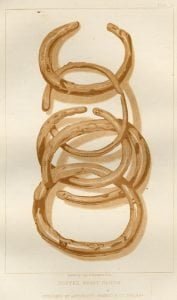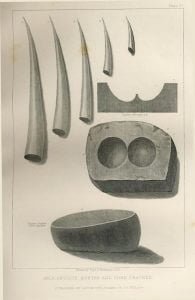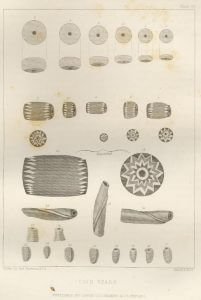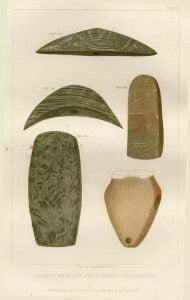Funeral Food Vase
The idea of placing food in or near the grave, to serve the departed spirit on its journey to the fancied land of rest in another world, is connected with the ancient belief in a duality of souls. This idea is shown to exist among the present tribes of the United States. One of these souls is liberated at death, but the other is compelled to abide with the body; and it is to provide for this, that a dish or vase of food is deposited generally at this day, not in the grave, to be buried with the corpse, … Read more


